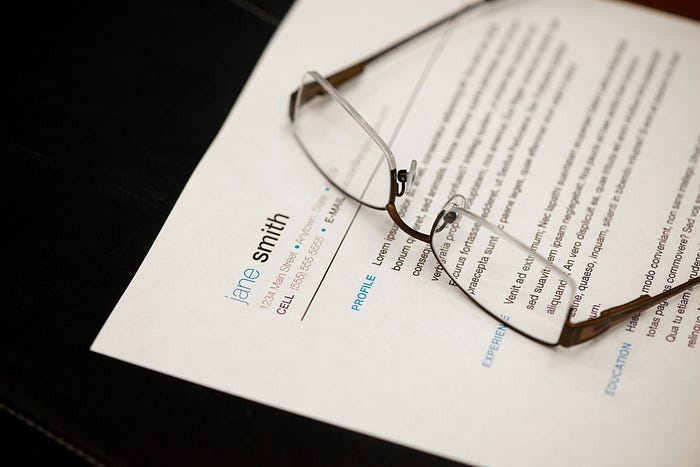Member-only story
Yes, I’m judging your resume design

For job seekers, your resume is the first impression you make on the people you hope to work with. For many fields, the content of the resume is the key factor in standing out from the crowd. But if you work in design, the decisions you make with your entire resume will also say a lot about your design skills.
When I get a resume to review, I am not just judging the content itself, although it is important. I am judging every single thing on it and I look at a number of the resume’s components to be good indicators of who you are as a designer.
I will have an impression of what type of a designer you are in the first 30 seconds based on everything but your listed accomplishments
In fact, I will have an impression of what type of a designer you are in the first 30 seconds based on everything but your listed accomplishments.
Here are some things that I will infer based on how you have designed your resume.
Can you get your message across?
I was taught, back in the olden days, that your resume should always be 1 page. Even after over a decade of work, I have found ways to keep things down to a single page.
Now that I have been put in the position to review resumes, the reason for this rule of thumb is clear. One of the goals of design is to provide clarity and get information across as easily as possible. The more data points you try to put into your resume, the more difficult this becomes. When your resume is 2 or 3 pages long, each individual item becomes less impactful. You are also asking that the person reviewing your resume spend more time digging through the content to find value.
This is generally the opposite of what we want to do as designers. We want to make sure the key information stands out. We want to be able to convince a person to take action with as little content as possible.
If you have a resume that is 2 or 3 pages long, what happens when I ask you to create a design for a product? I assume you are going to try to cram every single thing you can think of into that product. I think you are going to go on and on about the value when a…








